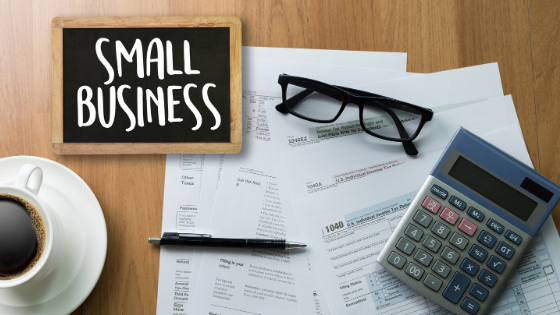
What Does the JobKeeper Payment Mean for Me?
Two days ago the Australian government announced another boost to the stimulus options Aussies can access at this time – the JobKeeper payment.
This $130 billion package should benefit around six million of the country’s 13 million employees.
You are probably wondering what does the JobKeeper payment mean for me? This blog will help you figure that out.
It is important to remember that the legislation covering this package is still being drafted and will need to be passed by parliament before it becomes law – but we have summarised the principles of the package as best we can at this time.
For the most up to date information you can contact the ATO directly or check their website https://www.ato.gov.au/Individuals/Dealing-with-disasters/In-detail/Specific-disasters/COVID-19/ or give us a call.
What does the JobKeeper payment mean for me?
JobKeeper payments are $1500 fortnightly payments to help keep people employed. The payments will be provided over six months commencing from May 1st.
JobKeeper payments are available for employees of businesses, including sole traders, full-time, part-time and casual employees, with certain limitations. Permanent visa holders and several other visa holders are also included as eligible employees.
The business needs to have taken a hit to their turnover of at least 30% (if the business usually turns over less than $1 billion) or 50% (for businesses making over $1 billion usually).
Individuals don’t apply for this payment on their own behalf – their employer needs to apply through the ATO for their employees.
The employer receives the payment and should use it to pay their employees, who will each receive $1500 fortnightly regardless of their usual rate of pay, even if they are only part-time and earn less than this normally.
Payments will commence from May 1st but will be backdated to March 30, when the announcement for the package was made.
This payment still means you are working and in general should be providing your usual hours of work to your employer, but in reality will mean something different to each employee and each business.
If you have more than one job, you will only be able to access this payment through one of those jobs.
If you are receiving other payments such as family payments that are means-tested, receiving the JobKeeper payment (especially if it is more than you usually earn) will affect your other payments and they may be reduced as a result.
What if you’ve already been let go?
Many staff have already been stood down from their jobs as the effects of the virus and the restrictions we must follow systemically close offices and businesses.
If you have been stood down since March 1st due to the global crisis, you are eligible for this payment provided that your employer is willing to re-hire you.
Who misses out on the JobKeeper payment?
While the JobKeeper payment is a welcome benefit for the people who will receive it, and will greatly help small and medium businesses hang onto their much-loved staff – some key groups still miss out.
Casual workers who have been employed by the business for less than 12 months aren’t eligible. This affects industries such as food services, accommodation, retail, healthcare and social assistance.
Freelancers and those who work mostly as contractors and in the gig economy are technically eligible if they are registered as sole traders, but would need to have the business systems in place to show their turnover has been reduced by more than 30%, which many won’t have the evidence for.
What are the catches?
As with any stimulus boost, there are problems.
This payment will certainly help keep people employed and businesses afloat – but it won’t keep every business running. Businesses whose turnover has been hit too greatly by the loss of customers may still not make ends meet.
Other support payments that businesses can access
- An increase to the instant asset write-off threshold to $150k for businesses that make less than $500 million
- A 50% subsidy support for apprentice and trainee wages
- Employers (including not-for-profits) with a turnover of less than $50 million can receive a credit on their BAS of between $20k and $100k
- Sole traders can access up to $10k of their superannuation this financial year and up to another $10k after July 1, 2020, until September 24 2020.
It is possible for employers to abuse this support service or tailor it a little to best serve their needs. There is nothing to stop an employer from letting several casual workers go and increasing the hours of those left to make sure they are in ‘paid’ JobKeeper jobs.
The process of setting up and receiving the payments are different from any system used before and will be more complicated for many people.
Businesses need to be using single-touch payroll STP when they pay their employees – which everyone should be doing by now technically, but which many smaller businesses still have exemptions for.
So much confusing and confronting news…
It can be difficult to keep up with the changes to the news lately – but some of it, like this, is still so important to take in.
If you are confused by the application process or aren’t yet registered for STP, this is something that we can help you with – get in contact with us today to chat about ensuring you get the benefits eligible to you at this time.
For the most up to date information, see the ATO’s COVID-19 page here https://www.ato.gov.au/Individuals/Dealing-with-disasters/In-detail/Specific-disasters/COVID-19/



